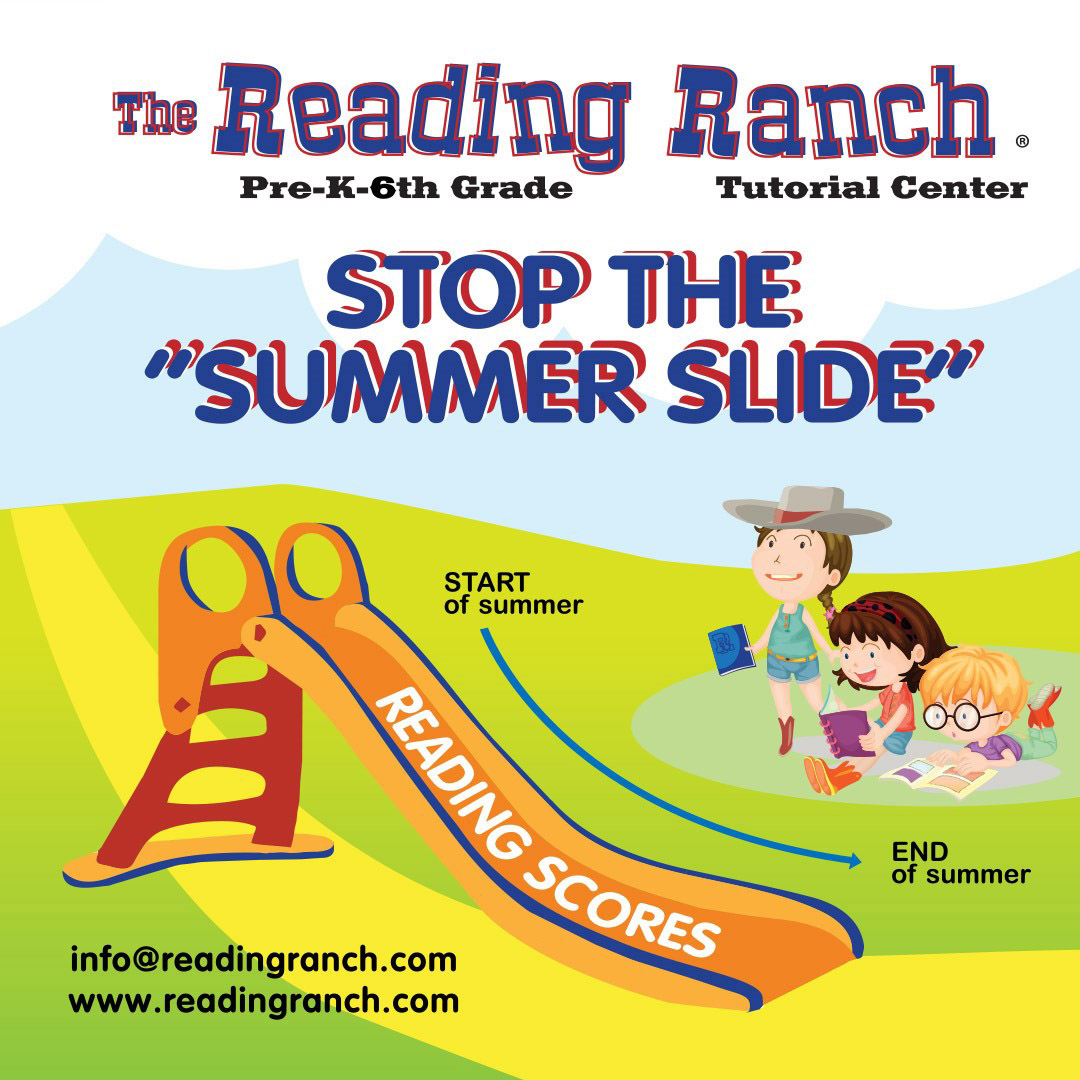Summer Reading - 6 Ways to Build Your Child's Reading
This summer especially is a critical time when students can either catch up and leap ahead or fall behind even further when it comes to their reading and writing skills. Without continuing practice during the summer, they will regress and end up walking into the next school year perhaps even further behind. We want our kids to succeed, but we’ve often pulled in so many directions during the summer that it seems we blink, and its late July and realize little Johnny hasn’t read anything of substance since May.
What can be done to curb summer reading loss?
The value we place on reading at home has a significant effect on our children’s reading success (Snow, Burns, & Griffin, 1998). It is crucial that we support reading development for our kids over the summer. The value of modeling reading for children cannot be emphasized enough. We don’t want to send the message that reading is a chore: something that must be finished before one can proceed to more active and enjoyable pursuits. Work reading into every day, make it a game, and make it FUN! Create a positive climate for reading so that children look forward to reading.
6 effective ways to keep your child on track during the summer
- Place a value on literacy in the home when the children are away from school. Don’t just make reading about school, make it an adventure and show them how much you enjoy reading. Let them realize all the knowledge and opportunities reading can uncover.
- Make sure quality reading materials are available. Books, magazines, articles, newspapers. In our digital-only world it can be easy to overlook actual ink and paper! Having a “real” book or magazine can make a huge difference.
- Read alouds, during the day and at bedtime.
- Send the message to your children that reading and writing is fun – not a chore.
- Create a positive climate for reading. Create a “reading corner” with a beanbag, or your child’s special chair. Someplace they are able to focus and enjoy their reading time.
- Enroll your child in a summer reading program. Consider enrolling your child in a summer reading program. The structure, consistency, and social interaction of a summer program may be just what they need, and want.




